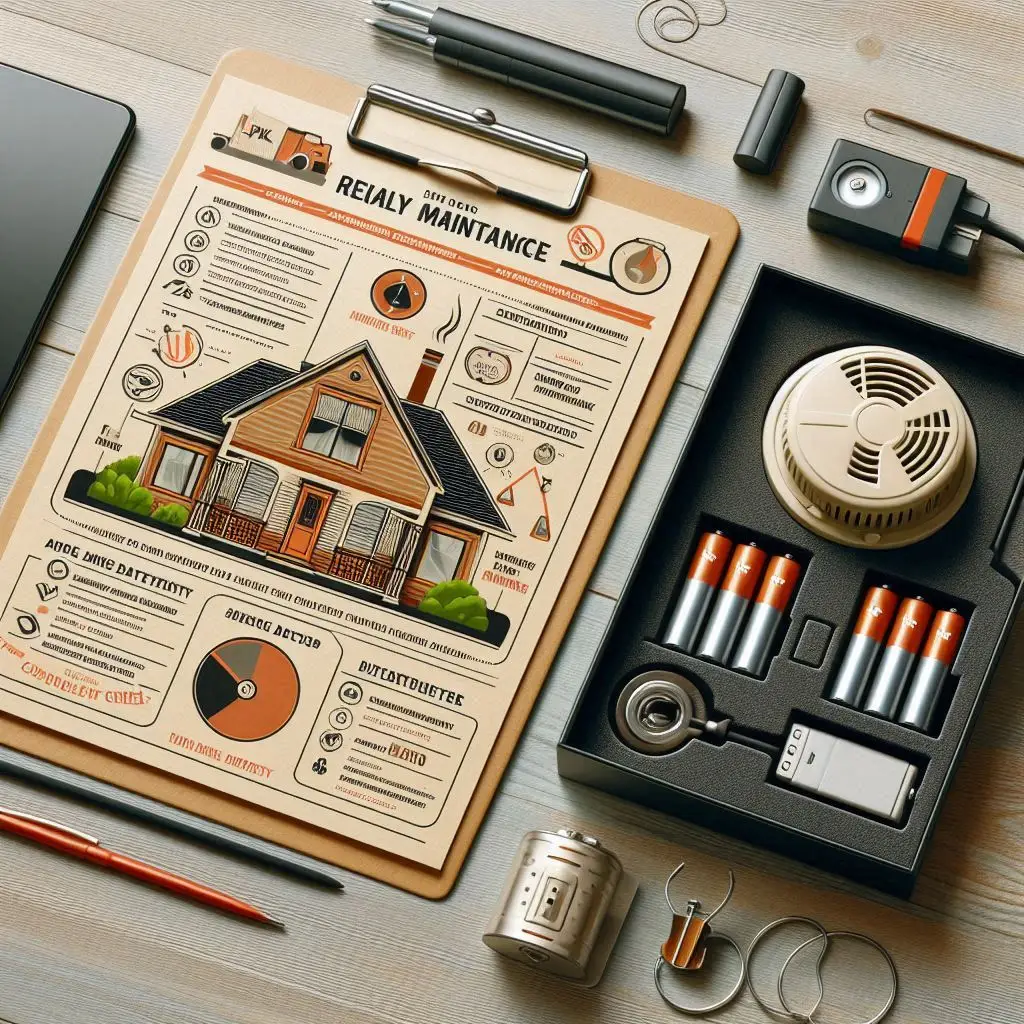When it comes to home safety, a few simple steps can make all the difference between life and death. Regularly checking and maintaining your fire and carbon monoxide detectors is one of the most crucial actions you can take to protect your family. These devices serve as early warning systems, alerting you to potential dangers long before they become disasters. Yet, many homeowners overlook this simple task, often assuming their detectors will always work. But just like any other piece of equipment, detectors need care and attention to function properly.
The Importance of Regular Maintenance
Both smoke and carbon monoxide detectors rely on batteries to power their life-saving alerts. Over time, these batteries can lose their charge or wear out, leaving your home unprotected. A dead battery or a malfunctioning detector could prevent you from receiving a timely warning in the event of a fire or carbon monoxide leak.
- Fire Detectors: Fires can spread quickly, and in some cases, a matter of minutes can mean the difference between life and death. Smoke detectors provide early warnings, allowing you and your family to evacuate before conditions become life-threatening.
- Carbon Monoxide Detectors: Carbon monoxide is a colorless, odorless gas that can build up in your home due to malfunctioning appliances like furnaces or water heaters. It’s known as the “silent killer” because it’s undetectable without a detector. Regular checks ensure that your detectors are ready to alert you if dangerous levels of this gas are present.
Regularly checking and maintaining your fire and carbon monoxide detectors is one of the most crucial actions you can take to protect your family.
How Often Should You Replace the Batteries?
It’s easy to forget about the batteries in your detectors, but they should be checked and replaced regularly. Here’s a simple guideline:
- Smoke Detector Batteries: Test your smoke detectors monthly and replace the batteries at least once a year, even if they’re not signaling that they’re low. Many homeowners choose to change the batteries when they change the clocks for Daylight Saving Time.
- Carbon Monoxide Detector Batteries: Just like smoke detectors, carbon monoxide detectors should be tested monthly, with the batteries replaced at least once a year. Many detectors have a lifespan of 5 to 7 years, at which point the entire unit may need to be replaced.
Additional Tips for Ensuring Detector Reliability
- Test Your Detectors Monthly: Press the “test” button on your detectors each month to ensure they are functioning properly.
- Clean the Detectors: Dust and debris can accumulate on detectors, blocking their sensors. Use a vacuum or a soft cloth to gently clean your detectors every few months.
- Replace Old Detectors: Even with regular battery replacements and maintenance, smoke and carbon monoxide detectors have a finite lifespan. If your detectors are over 10 years old, it’s time to replace them with new models to ensure the latest safety features.
The Bottom Line: A Small Step for Lifesaving Protection
While it may seem like a small task, maintaining your fire and carbon monoxide detectors could save lives. Taking a few minutes each month to test, clean, and replace the batteries in your detectors ensures that they’re always ready to warn you in case of an emergency. Don’t wait until it’s too late—make detector maintenance a priority and provide your family with the protection they deserve.


